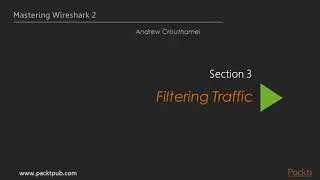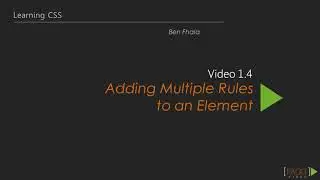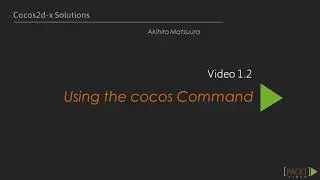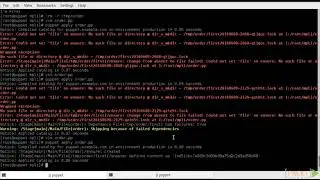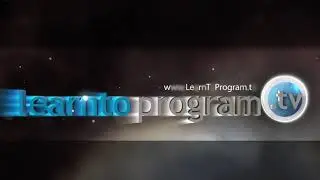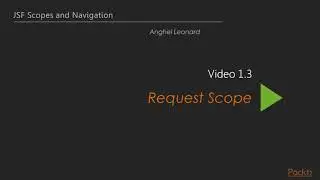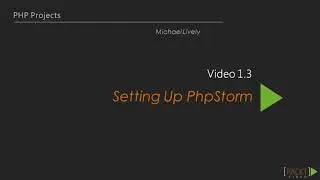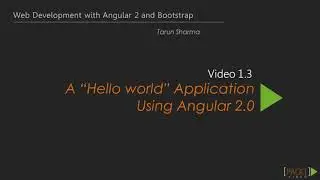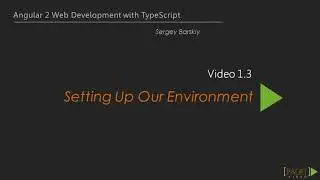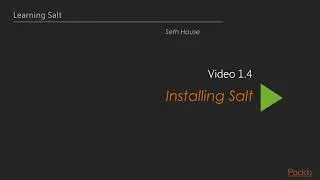HTML5 Animation and Transition
Learn how to harness the power of HTML5's latest APIs to develop incredible animations and transitions
Implement every available method to develop motion graphics using open web technologies such as DOM, CSS3, SVG, Canvas, and WebGL
Concepts are explained with step-by-step instructions and real-time coding examples
Learn the mathematical foundations that form the basis of any complex animation, such as vectors, vector operations, interpolations, and easing and acceleration
Discover how to display graphics on the screen using HTML5's latest APIs such as DOM, CSS3, SVG, Canvas, or WebGL
Learn how to use Raphaël to easily display and animate graphics using SVG
Learn how Three.js makes everyone's lives easier by harnessing the power of WebGL
Implement functions that will allow you to use cameras, animate simple geometries, or import 3D models from Blender with Three.js
Develop a particle generator capable of animating thousands of independent objects simultaneously
Learn how to do frame-based animations using the HTML5 Canvas object
From modern websites and data visualizations to video games or hybrid applications, animations and transitions are nowadays something that everyone—your clients, users, or managers—will expect your application to have. Thankfully, the latest HTML specification, HTML5, includes many tools to aid you in that mission. In this video series, you'll learn how to get the most out of all of them.
In "HTML5 Animation and Transition", you'll be learning how to develop rich, complex motion graphics using HTML5 APIs such as DOM, CSS3, Canvas, SVG, and WebGL, as well as the basic mathematical concepts behind complex animations—essential knowledge for any modern web developer.
In the "HTML5 Animation and Transition" video course, we will tackle everything that you need to know in order to become an expert at animating elements using the latest HTML5 APIs, starting from the most rudimentary methods such as using the DOM, to the most modern ones such as SVG, CSS3, Canvas, and WebGL. At the same time, you'll also be learning the mathematical concepts required to make complex animations.
Using the first chapters, you will learn (or refresh!) concepts such as vectors, vector operations, interpolations, and easing and acceleration. Then, you'll learn how to display static graphics on the screen using several rendering methods available in HTML5, such as DOM, CSS3, SVG, Canvas, or WebGL. Once you've learned how to display things on the screen, you'll dedicate entire chapters to implement several animation examples using every single rendering method.
Packt video courses are designed to cover the breadth of the topic in short, hands-on, task-based videos. Each course is divided into short manageable sections, so you can watch the whole thing or jump to the bit you need. The focus is on practical instructions and screencasts showing you how to get the job done.
All videos in HTML5 Animation and Transition include hands-on, practical examples to follow along with. This course is geared towards beginners in HTML5 development and anyone who wants to learn transitions and animation.
What is the Difference between a Transition and an Animation?
Introduction to Vectors
Vector Examples
Easing and Acceleration
Interpolation
Rendering Elements
Rendering Elements Using DOM Objects #1
Rendering Elements Using DOM Objects #2
Rendering Elements Using the HTML5 Canvas Object #1
Rendering Elements Using the HTML5 Canvas Object #2
Rendering Elements Using SVG with Raphaël #1
Rendering Elements Using SVG with Raphaël #2
Animating Elements
Setting up a Conventional Rendering Scene
Using the DOM to Animate Objects
Animating Elements Using CSS3 Transitions
Animating Elements Using CSS3 Keyframes
Using SVG with Raphaël to Animate Objects
Animating Elements Using the HTML5 Canvas Object #1
Animating Elements Using the HTML5 Canvas Object #2
Introduction to WebGL
Downloading and Setting Up Three.JS
Introduction to Cameras
Rendering Simple Geometries
Animating Geometries
Importing Models from Blender
Rendering Imported Models
Animating Imported Models
Complex Animations
Animating Spritesheets #1
Animating Spritesheets #2
Particle Generators #1
Particle Generators #2
Particle Generators #3
Practical examples
Practical Examples #1
Practical Examples #2
Practical Examples #3








